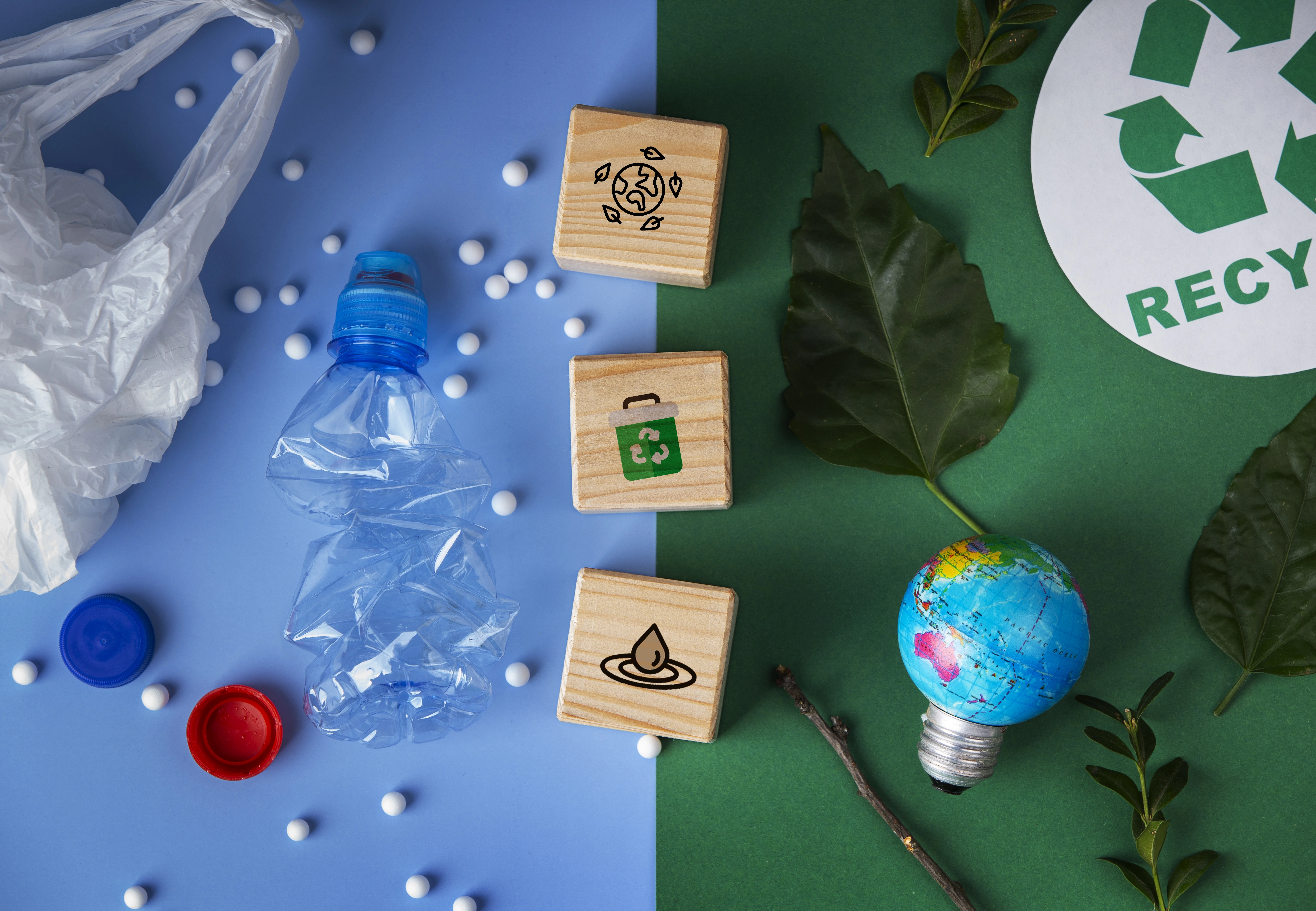Biodegradable materials have gained popularity as a sustainable alternative to conventional plastics, but several misconceptions still surround them. It's important to debunk these myths to understand the true environmental benefits of biodegradable alternatives and how they contribute to a greener future.
Myth 1: Biodegradable Materials Are the Same as Traditional Plastics
One common misconception is that biodegradable materials are no different from traditional plastics. In reality, these eco-friendly alternatives are designed to break down naturally over time, usually through microbial activity. Unlike conventional plastics, which can persist in the environment for centuries, biodegradable materials decompose into harmless substances like water, carbon dioxide, and biomass. Clarifying green material facts is crucial to understanding how these solutions offer a more sustainable option.
Myth 2: Biodegradable Materials Don't Really Degrade
Another myth is that biodegradable materials don't fully break down, leaving behind harmful residues. While it's true that the degradation process depends on specific conditions—such as temperature, humidity, and microbial presence—when disposed of properly, these materials do decompose fully. The truth about eco-friendly alternatives lies in their ability to reduce the long-term impact on the environment when managed correctly.
Myth 3: All Biodegradable Materials Are Compostable
There is also confusion between biodegradable and compostable materials. Not all biodegradable materials are compostable, and some may require industrial composting facilities to break down completely. However, this doesn't diminish their environmental benefits. By debunking these myths, it becomes clear that understanding the disposal process is key to maximizing sustainability.
The Role of Ecobharat
Companies like Ecobharat are at the forefront of addressing these misconceptions. By providing high-quality biodegradable solutions and educating businesses on their proper use and disposal, Ecobharat helps clarify common misconceptions about sustainable alternatives and promotes the adoption of truly eco-friendly materials.
Conclusion
Addressing myths about biodegradable materials is essential to appreciate their environmental benefits fully. By focusing on the facts and dispelling misunderstandings, we can better support the shift toward sustainable alternatives and responsible consumption, paving the way for a greener future.


